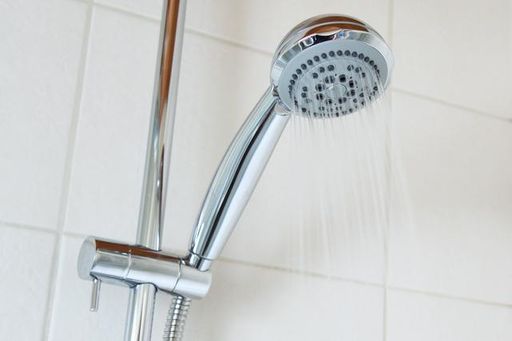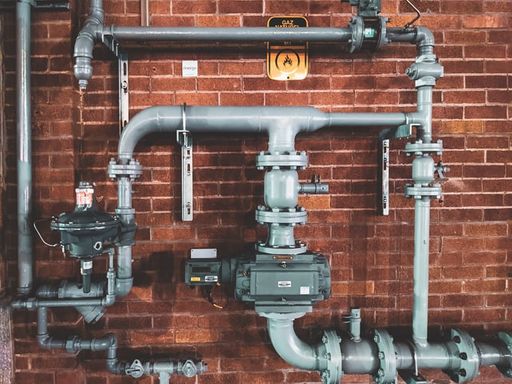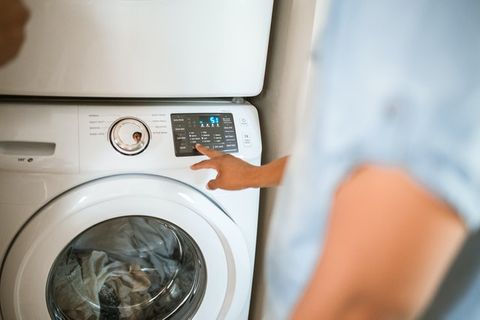Hot showers are undeniably pleasurable experiences that allow the body to relax and rejuvenate through the comfortingly warm water on the skin. But showers are not as enjoyable and pleasurable with low water pressure, especially since weak dribbles are noticeably less sensational compared to showers with strong water flow.
Given how low water pressure showers can be unenjoyable for most and even ineffective for some, there are multiple options available to increase shower pressure. Of the many available solutions, we compiled in this article the best and most effective tips on how to increase water pressure at home Australia.
- Why is Water Pressure Low?
- How Do I Adjust My Water Pressure?
- Methods on How to Increase Water Pressure in Shower

Why is Water Pressure Low?
Prior to the solution, we must first identify the possible causes of the low water pressure, especially since knowing the problem and its origin will make it easier to come up with the best and most effective solution. Understanding the cause of low water pressure will allow for an easier time to formulate a plan and how to best approach the situation.
One of the most common causes of low water pressure in showers is the plumbing system throughout the building. Low water pressure can be caused by any leaks, breaks, or blockages in the plumbing system, which would make it a sound idea to check the plumbing of any needed maintenance, cleaning, or repairs as the initial step towards increasing the shower water pressure.
How Do I Adjust My Water Pressure?
Plumbing is a vast system that extends to more than just a single building, which means it could be affected by old pipes, supply limitations, or any hindrance from the general water source depending on the location. Water pressure can be altered through the main water valve of the building.
For cities, old pipes throughout the plumbing system would be the most common issue, especially since aged pipes would mean a faulty or inefficient water flow, which may result in low water pressure. Also, upgrading the plumbing system in a city would be near impossible without any interference, which could further lead to low water pressure.
For rural areas, plumbing may utilize water from sources like a well, wherein low water pressure would most likely be due to any faulty or damaged, pumps.
Methods on How to Increase Water Pressure in Shower
Increasing the shower water pressure can be done in several different ways through the following tips, with most of them being quite inexpensive since they cost very little to no money.
1. Ensure Valve is Open All the Way
Whether the house is new, recently moved into, or previously had some maintenance work done, checking the main valve and ensuring it is open entirely is worth doing if it means increasing the shower water pressure. In some cases, workers or plumbers sometimes forget to re-open the water valve after finishing any maintenance work with the plumbing.
The main water valve is usually found in the basement or the area where the plumbing system accesses the building. Also, the valve is easily distinguishable since it tends to come with a red lever. Locate this red lever and ensure it is open all the way, then proceed to check whether there is an increase in water pressure.
2. Confirm any Installed Flow Restrictors
Some low water pressure problems may be caused by the flow restrictions installed in the shower head.
In areas with already low water pressure, flow restrictors will only further reduce the water pressure to a weak water flow. To increase the water pressure, simply remove the installed flow restrictor with the included guide manual that came with the shower head. Install the shower head back into place after detaching the flow restrictor and test out the shower for any increase in water pressure.
3. Clean the Shower Head
Shower heads tend to accumulate sediments and mineral deposits from the water flow, which could lead to blockage along the spray holes or from inside the shower head. If the shower head builds up enough remnants, the water flow may be affected and may result in low water pressure regardless of the water pressure throughout the building is high.
To clean the shower head, detach the shower head by unscrewing it then cleanse the exterior as well as the interior. A toothbrush or any other similar tool with slim-enough bristles can be used to clean the shower head and remove any blockage. Since most shower heads are designed to be easy to clean without any specific equipment, cleaning them should be fairly straightforward. Some shower heads come with a filter, which should be detached and cleaned as well. In cleaning the shower head, ensure that each nozzle is checked and cleaned individually to best clear out any blockage.
Any noticeable mineral accumulation can be difficult to remove through simple cleaning. To remove the built-up minerals, leave the shower head to soak in a bowl of vinegar.
After cleaning the shower head and removing any blockage, reinstall it back into place and test out the water flow for any improvement.
4. Check for Any Faulty Plumbing Lines
Plumbing can sometimes have old or faulty lines that can cause low water pressure. Check the plumbing system and its water lines for any kinks and wear that may require some repairs or upgrades. For handheld shower heads, ensure the flexible hose is properly lined out and not twisted since an exaggerated bend in the hose can restrict the water flow and lead to low water pressure.

5. Drain out the Water Heater
The water tank tends to build up sediment over time, which could cause blockage and affect water flow throughout the other water lines. Pipelines can also have blockage due to debris build-up, which may also be a cause of restricted water pressure. To solve this, drain out the water heater by flushing out the waterline. Flushing the lines will remove and clear out any blockage and debris in the pipes, which may solve the issue of low water pressure.
6. Power Off Other Appliances
Running multiple different appliances like a dishwasher and washing machine while using the shower can load up the water supply with too much demand. Dividing the water supply-demand across multiple working appliances will significantly reduce the water pressure, especially in areas with water pressure issues.
To solve this issue, increase the shower water pressure by only using the shower when all other appliances like the dishwasher and washing machine are powered off. This will focus the water demand on the shower, which may increase the water pressure since it has no other appliance to share it with.

7. Purchase a High-pressure Shower Head
High-pressure shower heads are the optimal inexpensive choice if the plumbing isn’t the cause of low water pressure. High-pressure shower heads are designed particularly for aiding in enhancing the water flow throughout locations that experience issues with water pressure. High-pressure showerheads come with built-in features that produce high-powered streams of water regardless of the low water pressure.
8. Install a Shower Motor or Pump
If all the other inexpensive tips didn’t work, then the somewhat pricier options will be worth considering. An effective way of increasing the shower water pressure is by installing a shower pump, which can improve the water flow and pressure. Although a shower pump will cost more compared to the other methods, shower pumps are still considered relatively affordable in terms of their price.
It would be ideal to first consult a professional or experienced plumber about purchasing and installing a shower pump since they can help with whether the pump is necessary, how to pick a shower pump, and installing the pump.
Conclusion
Whether you are looking to increase water pressure at home in Australia or just about anywhere else, numerous inexpensive solutions are quick and easy. Especially if the water pressure in the area and building is normally good, the inexpensive solutions are likely to solve the issue of a weak water flow in the shower. If the low water pressure issues stem from the main water supply, then the next best option would be to try a high-pressure shower head or install a shower pump or motor.
Overall, increasing the water pressure in the shower is relatively inexpensive since most of the offered solutions cost no money. Although seeking professional help and purchasing a pump to increase water pressure in a home may be more costly compared to the other solutions, they are still relatively inexpensive in terms of price.
0 Comments for “8 Tips on How to Increase Water Pressure in Shower”